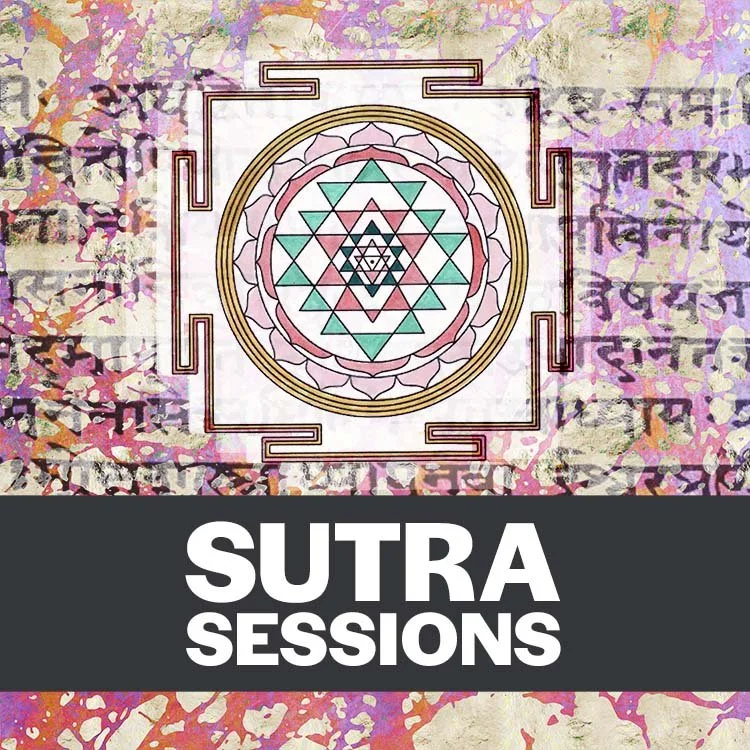Overview
The 3 Pillars of Knowledge
Before making a proclamation according to the Rishis (sages or scientists) of traditional Indian philosophy, THE 3 PILLARS are :
Shruti - Truth,
Yukti - Inference Logic
Anubhava- Experience
Yoga is one of the six systems (schools) of Hindu Philosophy (Darshanas) the other 5 being: Sankhya, Vedanta, Purva Mimamsa, Nyaya and Vaisheshika. Each of these systems are of the mind the are the systemisation or codification of philosophies that are rooted in the Rig Veda and very much of a worldly nature.
The Indian systems did not until more recently, have any notion or concern of academic respectability and isolation but rather the philosophical wisdoms rooted in the Vedas has not been tainted to any depth by fashions, societal cultures, and fads and has never neglected or spurned the accumulated ancient wisdom in favour of modern day. Yet they maintained their receptivity and connectivity to that which contains absolute Truth. The philosophical schools themselves do not see their way as exclusive and absolute but rather enhancing the continual effort to enhance the common understanding of God, Man and Nature. Shedding light from different perspectives and phenomenal realities. None of the schools consider their words final or complete.
It is with this back-drop that we embark upon Patanjali’s and later Vyasa’s codification of one of those schools, Yoga.
The Yoga Sutras of Patanjali are a manual for the experienced and novice and are systematically presented as:
195 aphorisms (sutras). They are short terse phrases, designed to be memorised.
The sutras are divided into four chapters (padas)
CHAPTER 1: Samadhi pada - the definition and the purpose of yoga. Various approaches to achieve concentration and yoga are defined for the aspirant who is already of steady mind.
CHAPTER 2: Sadhana pada - the practical approach to achieving the goals of yoga. This chapter contains the 8 limbs of yoga, called Ashtanga Yoga (not the physical practice). This is often how the yoga sutras are referred to: Yamas, Niyamas, Asana, Pranayama, Pratyahara.
CHAPTER 3: Vibhuti pada - the supernatural powers that an adept yogi may be able to attain. Dharana, Dhyana and Samadhi are here; Samyana when they occur together.
CHAPTER 4: Kaivalya pada - a treatise (talk) on the nature of mind and mental perceptions; desire, bondage and liberation and what follows.
The Yoga Sutras are often referred to as Raja Yoga or Royal Yoga - the means and the ends.
Let’s discuss
We meet up once a week on Zoom to discuss the Applied Practices - it’s free, join us!

